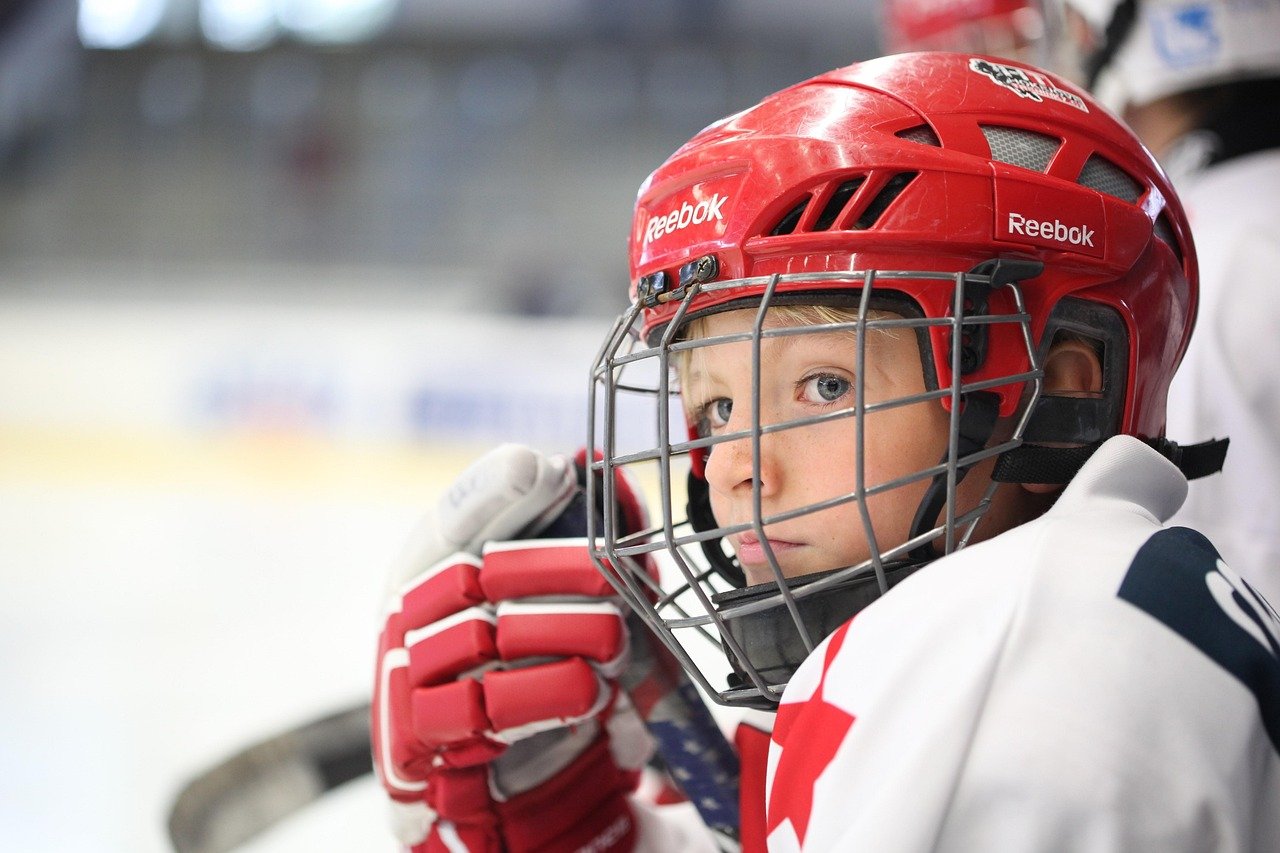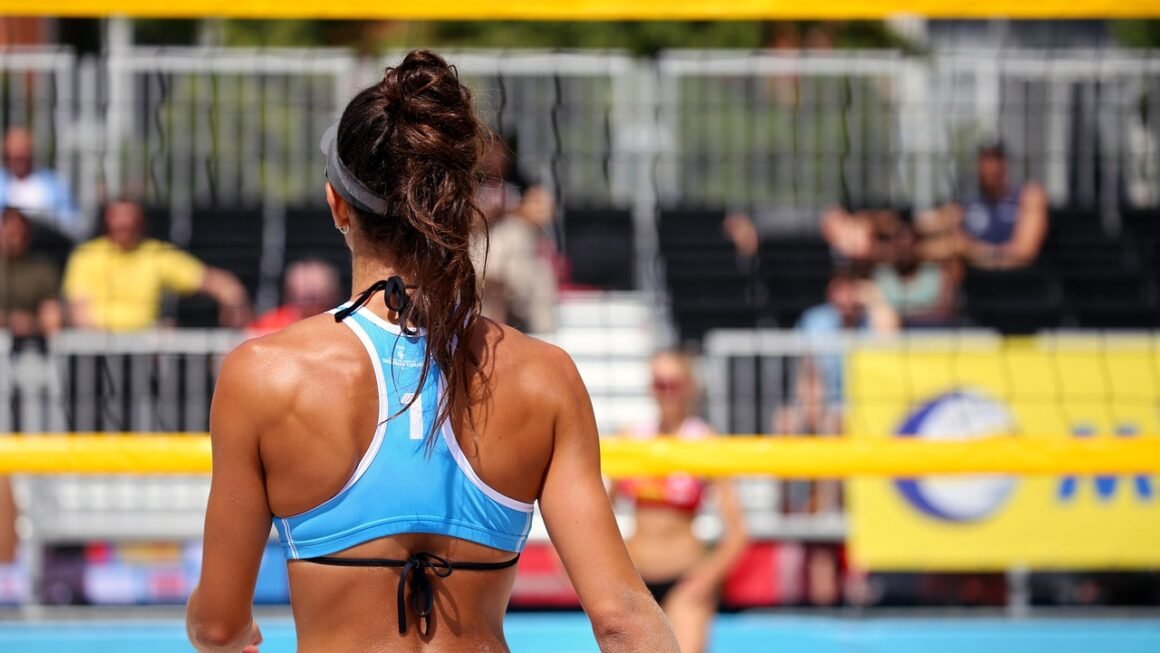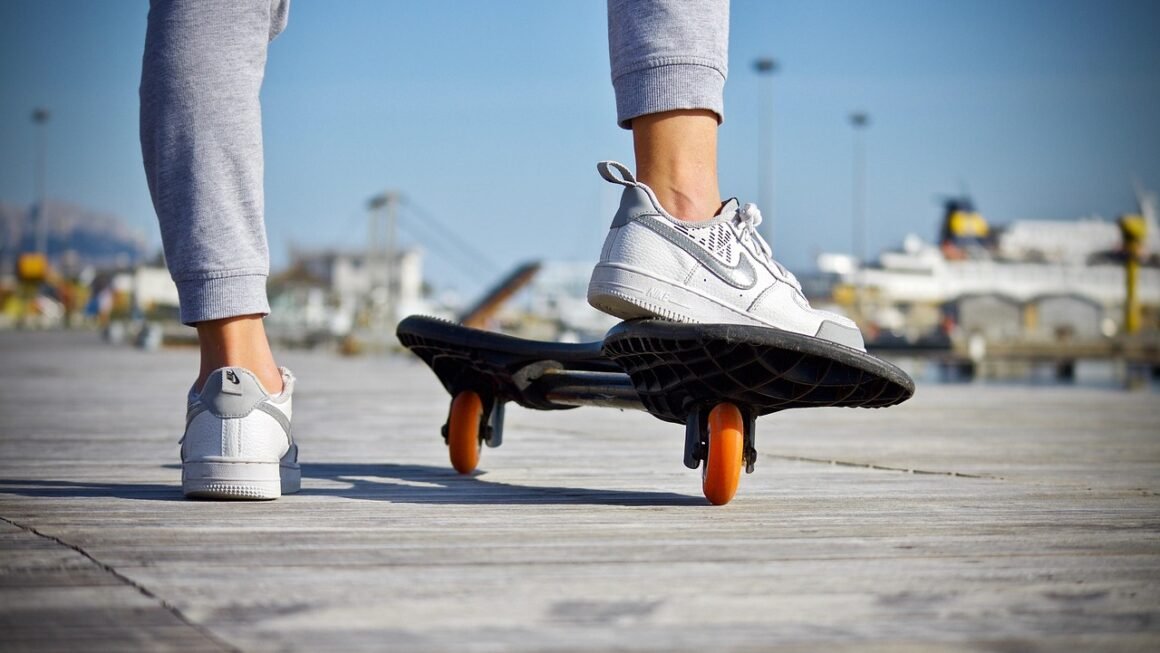Cheerleading: a sport often underestimated, yet demanding athleticism, teamwork, and unwavering spirit. Beyond the bright smiles and perfectly synchronized routines, lies a world of dedication, rigorous training, and intricate skill development. Whether you’re a seasoned cheerleader, a curious onlooker, or a parent exploring athletic options, this guide will delve into the multifaceted world of cheerleading, exploring its various aspects from its historical roots to the exciting possibilities it offers.
What is Cheerleading?
A Brief History
Cheerleading’s roots trace back to the late 19th century, evolving from male students leading stadium cheers at Princeton University. It wasn’t until the 1920s that women began to participate, and over time, cheerleading transformed from simply leading the crowd to an athletic activity in its own right. The modern sport includes complex routines involving gymnastics, dance, and stunting.
Different Types of Cheerleading
The spectrum of cheerleading is vast, each type offering a unique focus and style:
- Sideline Cheerleading: The most traditional form, focused on supporting sports teams at games. This often involves chants, short routines, and engaging with the audience.
- Competitive Cheerleading (All-Star Cheerleading): This is a highly structured sport that prioritizes perfecting complex routines for competitions. Teams are judged on elements like tumbling, stunting, jumps, and dance.
- School Cheerleading: Similar to sideline cheerleading but with the added element of preparing for competitions. These teams represent their school and compete against other schools.
- Recreational Cheerleading: Focuses on learning basic cheerleading skills in a fun and less competitive environment. It’s a great starting point for younger athletes.
The Evolution of Cheerleading
Today’s cheerleading is a far cry from its simpler beginnings. The level of athleticism required has increased exponentially. Gymnastics skills like back handsprings and aerials are commonplace. Stunts have become more daring and complex, requiring precise execution and unwavering trust among team members. Consider this: The global cheerleading market is estimated to reach billions of dollars in the coming years, reflecting its increasing popularity and athletic credibility.
The Benefits of Cheerleading
Physical Fitness
Cheerleading offers a full-body workout, improving:
- Strength: Stunting requires significant upper and lower body strength.
- Flexibility: Gymnastics and dance elements demand a high degree of flexibility.
- Cardiovascular Health: The constant movement and high-energy routines improve cardiovascular endurance.
- Coordination: Cheerleading requires precise timing and coordination between team members.
- Balance: Stunting and tumbling heavily rely on balance and body awareness.
Mental and Emotional Development
Beyond physical benefits, cheerleading fosters vital mental and emotional skills:
- Teamwork: Success depends on collaboration, communication, and mutual support.
- Discipline: Consistent practice and rigorous training instill discipline and commitment.
- Confidence: Mastering new skills and performing in front of audiences builds self-confidence.
- Leadership: Cheerleaders often take on leadership roles within their teams.
- Time Management: Balancing school, practice, and other commitments teaches effective time management.
Social Opportunities
Cheerleading provides ample opportunities for social interaction and building lasting friendships. Cheerleaders often bond closely through shared experiences, challenges, and triumphs. They learn to support each other and celebrate each other’s successes. This creates a strong sense of community and belonging.
Essential Skills in Cheerleading
Gymnastics
Gymnastics forms the foundation of many cheerleading routines. Key skills include:
- Tumbling: Skills like handsprings, tucks, and layouts are essential for competitive cheerleading.
- Flexibility: Flexibility exercises are important for injury prevention and improved performance.
- Body Control: Mastery of basic gymnastics positions such as levers, handstands and cartwheels is extremely important.
Stunting
Stunting involves lifting and supporting teammates in various positions. Successful stunting requires:
- Strength: Both bases (those lifting) and flyers (those being lifted) need considerable strength.
- Balance: Maintaining balance is crucial for preventing falls and injuries.
- Trust: Flyers must trust their bases to catch them safely.
- Communication: Clear and concise communication between bases and flyers is essential.
Jumps
Jumps are another important element of cheerleading. Common jumps include:
- Toe Touch: Requires flexibility and leg strength.
- Hurdler: Demands flexibility and balance.
- Pike: Requires core strength and flexibility.
Dance and Choreography
Dance and choreography add flair and personality to cheerleading routines. These elements involve:
- Rhythm: Cheerleaders need to be able to move in time with the music.
- Coordination: Synchronized movements are crucial for visual appeal.
- Performance: Cheerleaders must project energy and enthusiasm.
Getting Started with Cheerleading
Finding a Program
- School Teams: Check with your school’s athletic department for cheerleading opportunities.
- All-Star Gyms: Search online for all-star cheerleading gyms in your area.
- Recreational Programs: Look for recreational cheerleading programs offered by local community centers or organizations.
What to Expect at Tryouts
Tryouts typically involve demonstrating basic cheerleading skills such as jumps, tumbling, and motions. Judges will also assess your:
- Attitude: Demonstrating a positive attitude and willingness to learn is crucial.
- Showmanship: Projecting energy and enthusiasm is important.
- Teamwork: Showing that you can work well with others is essential.
Essential Gear and Equipment
- Cheer Shoes: Provide support and cushioning for jumping and landing.
- Cheer Uniform: Typically includes a top, skirt, and briefs.
- Practice Clothes: Comfortable and breathable athletic wear.
- Hair Bows: Used to keep hair out of the face during routines.
Cheerleading Safety
Importance of Proper Training
Proper training is paramount for preventing injuries. Cheerleaders should learn skills from qualified coaches who emphasize safety techniques.
Common Cheerleading Injuries
Common injuries include:
- Ankle sprains: Often caused by improper landing during jumps or stunts.
- Knee injuries: Can result from awkward landings or overuse.
- Concussions: Can occur from falls or collisions.
- Wrist injuries: Common among bases due to the pressure of lifting.
Safety Tips
- Warm-up properly before each practice and competition.
- Use proper spotting techniques during stunts.
- Ensure that the cheerleading surface is safe and appropriate.
- Listen to your body and rest when needed.
- Communicate openly with your coaches and teammates about any concerns.
Conclusion
Cheerleading offers a multitude of benefits, from enhanced physical fitness and mental resilience to valuable social opportunities. It is a demanding and rewarding sport that fosters teamwork, discipline, and confidence. Whether you aspire to cheer on your favorite sports team or compete at a high level, the world of cheerleading welcomes individuals of all backgrounds and skill levels. By understanding the essential skills, prioritizing safety, and embracing the spirit of teamwork, you can embark on a fulfilling journey in the dynamic world of cheerleading.



